Herbariums : inspiration for Art Nouveau
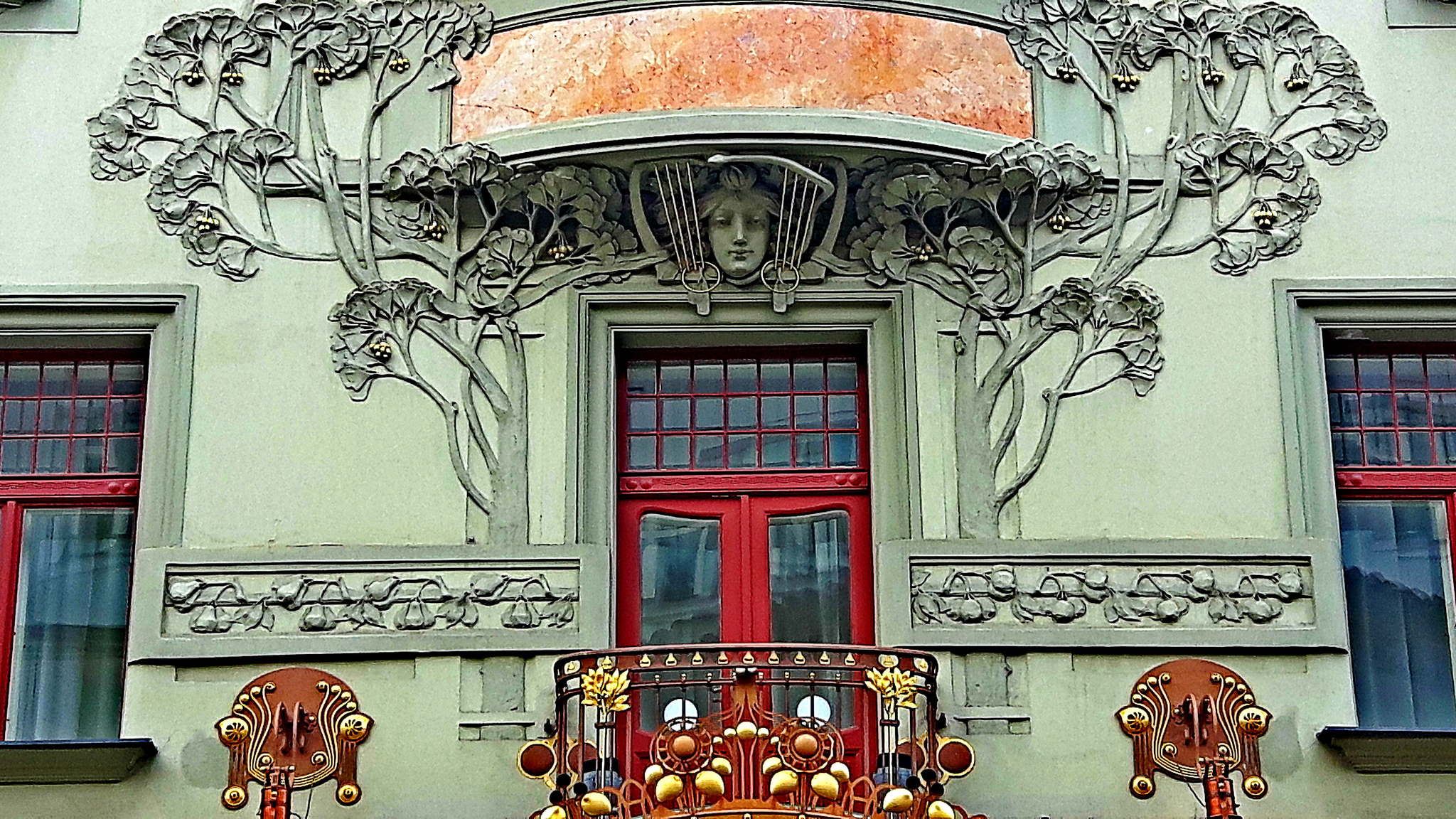
Herbarium is a collection of dried and flattened plants that allow you to study or decorate. This technique from Italy through the botanical teacher Luca Ghini dates from the 16th century and consists in drying the plants between two sheets of paper for good conservation. The herbaria available to artists are a real source of inspiration for the burgeoning Art Nouveau at the end of the 19th century. Indeed, this style is characterized by the presence of rhythms, colors and ornamental inspired by plants and takes up their curved lines.
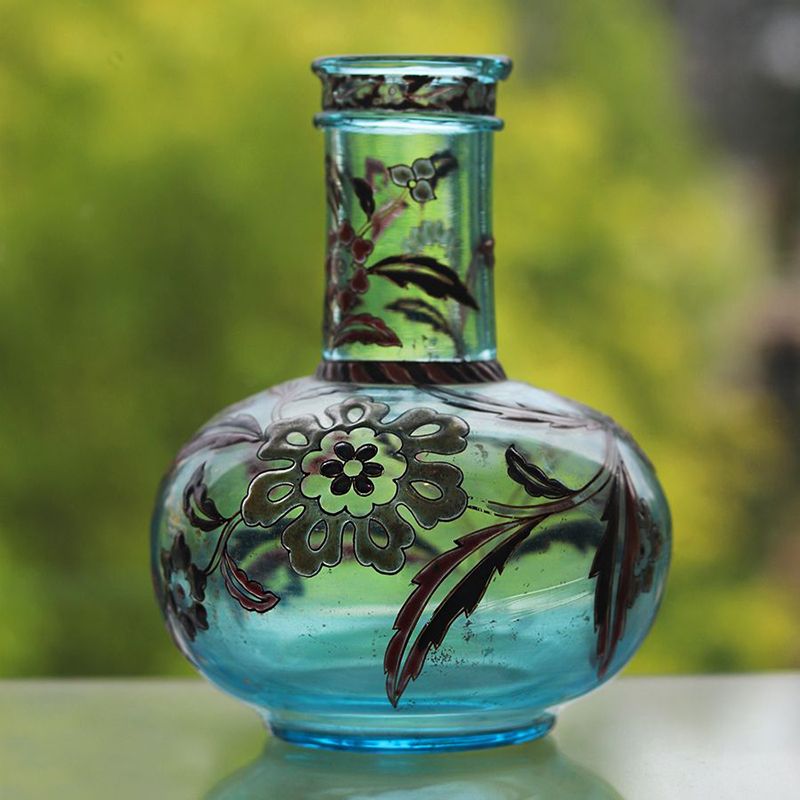

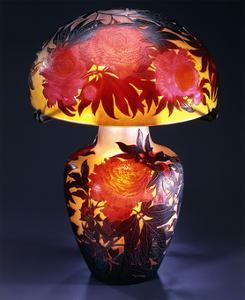
Among these artists is Émile Gallé the famous ceramist and glassmaker who is also a passionate botanist. In his works, he represents with fidelity and fluidity the plants and flowers that he collects in his herbaria. We logically find there the winding and sensual lines so characteristic of the Art Nouveau style, which still inspires artists today.
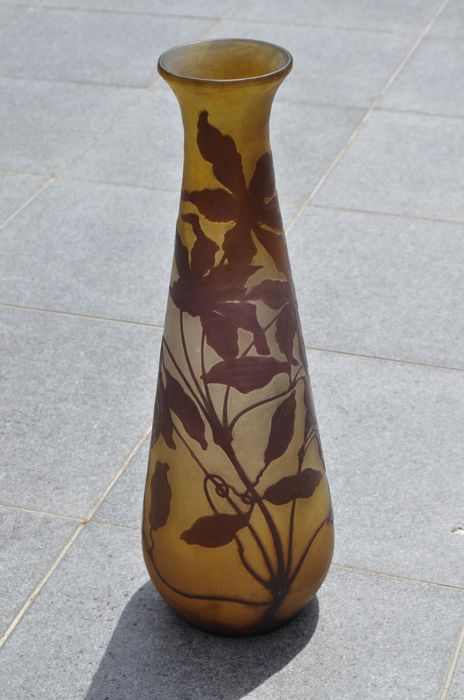
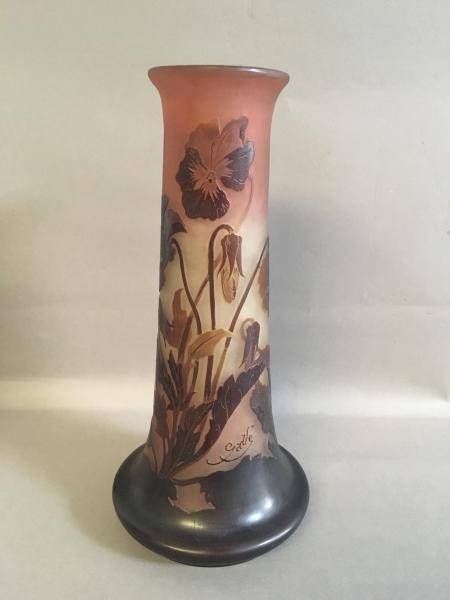
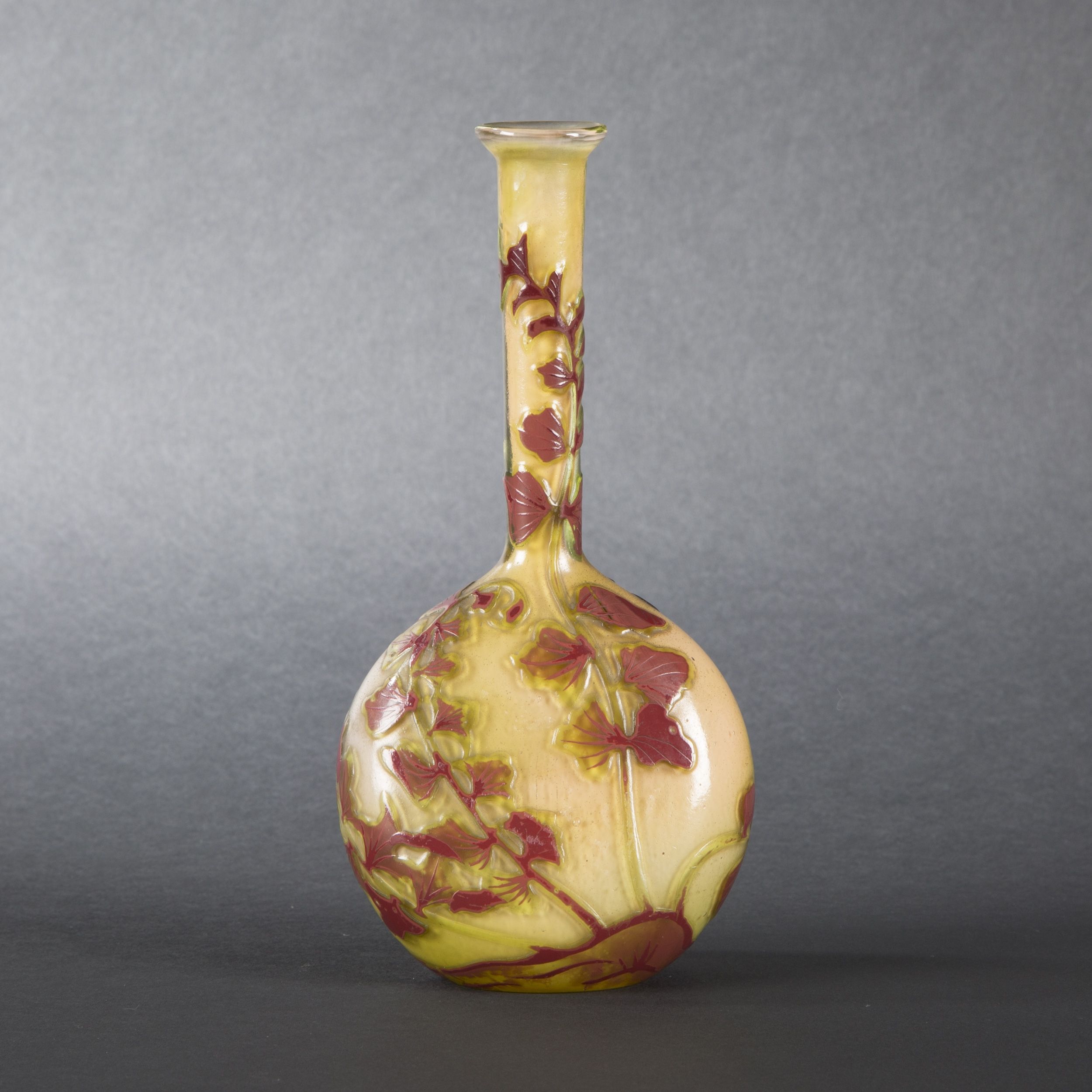
The discovery of Pierre Populus' herbarium:
Pierre Populus is from Goncourt in Haute-Marne, not far from Nancy, the cradle of Art Nouveau. Around 1895, he collected a collection of 20 albums made up of more than 800 specimens of plants and flowers collected throughout France in different seasons. Each specimen was carefully dried and pressed, then fixed in position to be kept in excellent condition. These boards were produced in accordance with the rules, but Pierre Populus adds an artistic and aesthetic dimension. We do not know if the herbarium of Mr. Populus inspired artists from the heyday but that would not be surprising given its quality. Each board has a label with family, scientific name, French name, provenance and date.
It is therefore with great pleasure that we share with you this discovery in line with the trends of decoration 2021 !
| The administrator of the site is online now! |